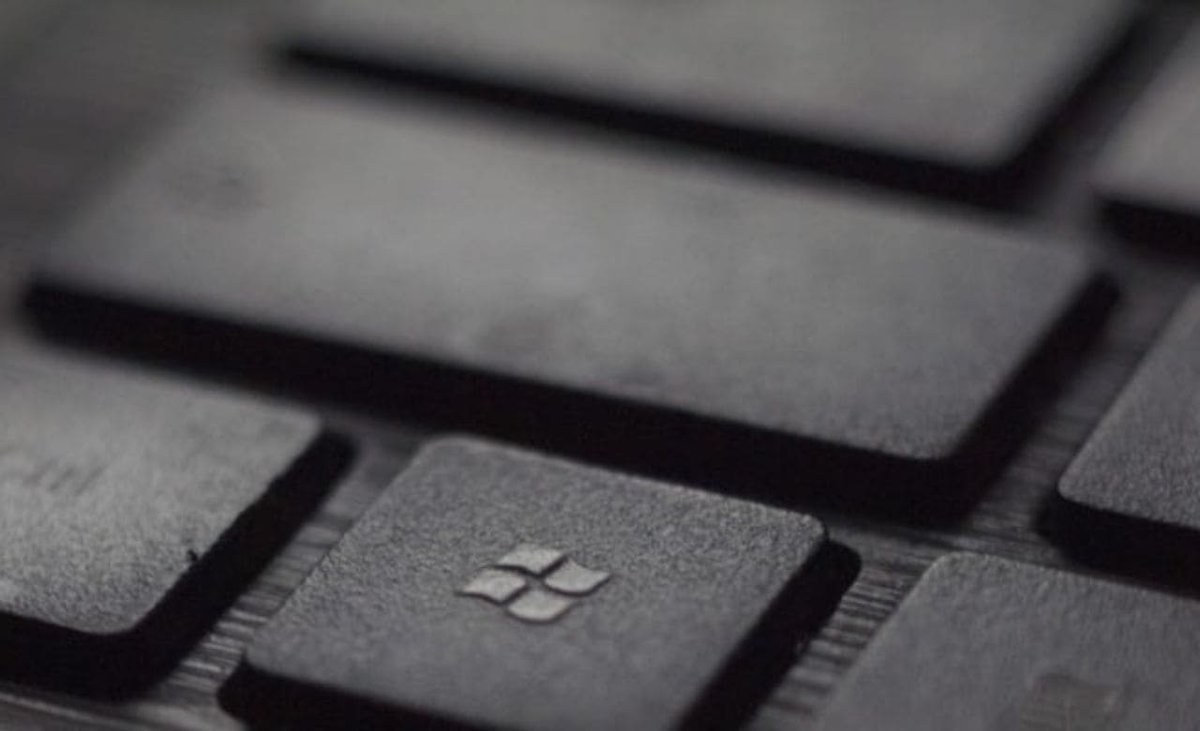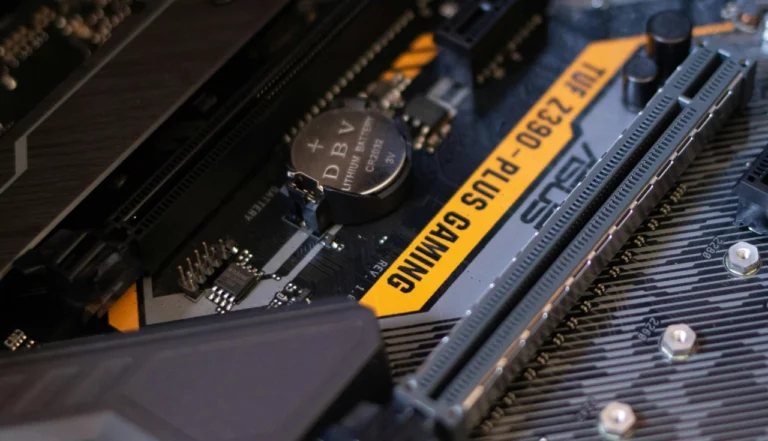How to Install Windows 11

Are you ready to install Windows 11 on your computer? In this guide, we will show you how to install the latest version of Microsoft’s operating system. Windows 11 brings a fresh look and new features to enhance your computing experience. Whether you’re a beginner or an experienced user, our tutorials and guides will walk you through the installation process.
So, let’s get started and learn how to install Windows 11 on your device.
Check System Requirements
Before you begin the installation process, it is important to check the system requirements to ensure that your device is compatible with Windows 11. Here are the key system requirements you need to consider:
- Processor: Your device should have a compatible 64-bit processor with at least 1 GHz clock speed and two or more cores.
- RAM: Windows 11 requires a minimum of 4 GB of RAM.
- Storage: Your device should have at least 64 GB of storage space to accommodate the operating system files and applications.
- Graphics Card: Windows 11 requires a compatible DirectX 12 or later graphics card with a WDDM 2.0 driver.
- Display: Your device should have a display with at least 720p resolution. A higher resolution display is recommended for better user experience.
- Internet Connection: An internet connection is required to download updates and complete the installation process.
It is important to note that these are the minimum system requirements. If possible, it is recommended to have a device that meets or exceeds the recommended requirements for optimal performance.
Backup Your Data
Before you proceed with installing Windows 11, it is essential to backup your data to ensure that your files and documents are safe. The installation process may involve formatting your hard drive, which could result in the loss of your data if not properly backed up. Follow these steps to backup your data:
- Create a backup plan: Determine which files and folders you want to backup and choose a method that suits your needs. You can use an external hard drive, cloud storage, or a network location for storing your backups.
- Use the built-in backup tools: Windows 11 provides several built-in backup options that make the process easier. You can use the File History feature to automatically backup your files or the Backup and Restore tool to create a system image.
- Third-party backup software: If you prefer more advanced backup options, you can also consider using third-party backup software. There are many options available in the market that offer additional features and flexibility.
- Verify your backups: Once you have completed the backup process, it is essential to verify that your files are successfully backed up. Open some of the backed-up files to ensure they can be accessed and restored if needed.
Remember, backing up your data is a crucial step to protect yourself from potential data loss during the Windows 11 installation process. Take the time to ensure that all your important files and documents are properly backed up before proceeding.
Create Windows 11 Installation Media
Once you have checked the system requirements and backed up your data, you are now ready to create Windows 11 installation media. This will allow you to install the new operating system on your computer.
Follow these steps to create Windows 11 installation media:
- Step 1: Begin by downloading the Windows 11 Media Creation Tool from the official Microsoft website. This tool will assist you in creating the installation media.
- Step 2: Once the tool is downloaded, run it on your computer. You may need to grant administrative privileges for the tool to run.
- Step 3: The Media Creation Tool will prompt you to choose the language, edition, and architecture (32-bit or 64-bit) of Windows 11 that you want to install. Make your selections and click on the “Next” button.
- Step 4: Next, you will be asked to select the type of media you want to create. Choose the “USB flash drive” option, as this will allow you to create a bootable USB drive for installation.
- Step 5: Connect a USB flash drive to your computer. Make sure it has enough storage capacity to hold the Windows 11 installation files (at least 8 GB).
- Step 6: The Media Creation Tool will detect the connected USB flash drive. Select it from the list and click on the “Next” button to proceed.
- Step 7: The tool will now start downloading the necessary Windows 11 files and create the installation media on the USB flash drive. This process may take some time, so be patient.
- Step 8: Once the creation process is complete, you will see a message indicating that the USB flash drive is ready to use as a Windows 11 installation media.
- Step 9: Safely eject the USB flash drive from your computer.
You have now successfully created Windows 11 installation media. This USB flash drive can be used to install the new operating system on any compatible computer. Make sure to keep it in a safe place until you are ready to perform the installation.
Install Windows 11
Once you’ve checked the system requirements and backed up your data, it’s time to install Windows 11. Follow these step-by-step instructions to ensure a smooth and efficient installation process.
Create Windows 11 Installation Media
The first step in installing Windows 11 is to create installation media. You will need a USB drive with at least 8GB of storage space. Here’s how you can create the installation media:
- Go to the official Microsoft website and download the Windows 11 Media Creation Tool.
- Run the Media Creation Tool and select “Create installation media for another PC.”
- Choose the language, edition, and architecture (32-bit or 64-bit) for Windows 11.
- Select the USB drive you want to use for the installation media and click “Next.”
- Wait for the Media Creation Tool to download the necessary files and create the installation media. This might take some time.
Install Windows 11
Once you have the installation media ready, you can proceed with the installation of Windows 11. Here’s how:
- Insert the USB drive with the Windows 11 installation media into your computer.
- Restart your computer and enter the BIOS settings by pressing the appropriate key (usually F2 or Del) during startup.
- In the BIOS settings, navigate to the “Boot” or “Startup” tab and set the USB drive as the primary boot device.
- Save the changes in the BIOS settings and exit.
- Your computer will now boot from the Windows 11 installation media. Follow the on-screen instructions to proceed with the installation.
- Choose the language, region, and keyboard layout for your installation.
- Enter the product key if prompted. If you don’t have one, you can skip this step and activate Windows later.
- Select the installation type. If you’re upgrading from Windows 10, choose the “Upgrade” option. If you’re installing Windows 11 on a new computer, select “Custom” to perform a clean installation.
- Choose the drive where you want to install Windows 11. Make sure you have selected the correct drive to avoid data loss.
- Wait for the installation process to complete. Your computer may restart several times during the installation.
- Follow the on-screen instructions to set up Windows 11, including creating user accounts and personalizing settings.
Congratulations! You have successfully installed Windows 11 on your computer. Take some time to explore the new features and enjoy the enhanced performance and security offered by the latest version of Windows.







Your point of view caught my eye and was very interesting. Thanks. I have a question for you.
Thank you for your sharing. I am worried that I lack creative ideas. It is your article that makes me full of hope. Thank you. But, I have a question, can you help me?